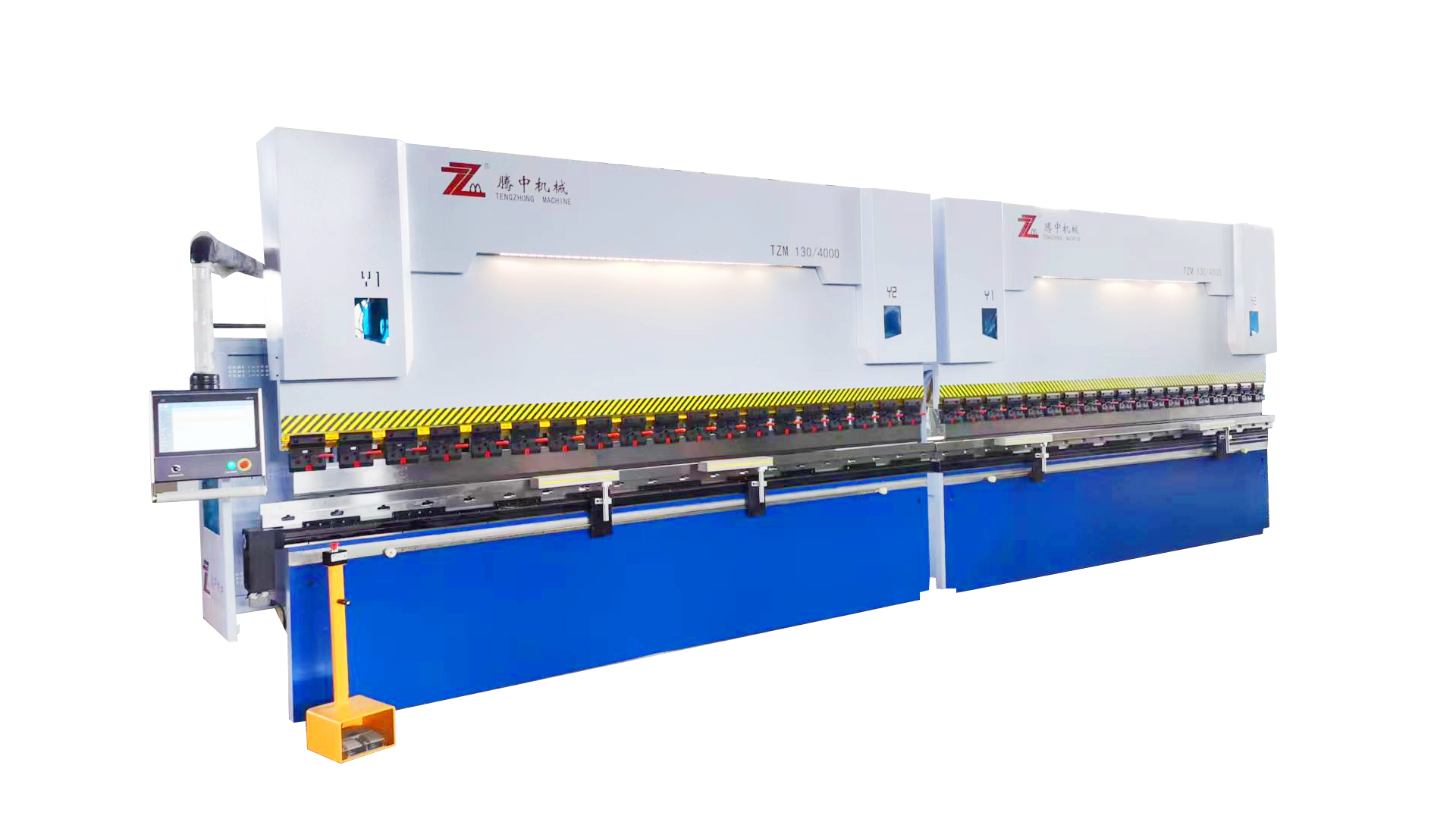What Makes the Press Brake Machine Essential in Modern Manufacturing?
2025-04-18
In the rapidly evolving landscape of industrial manufacturing, precision, efficiency, and versatility are key elements that determine the success of any operation. The press brake machine has emerged as a cornerstone of modern metalworking, offering unparalleled benefits to a variety of industries. But what exactly makes this machine so crucial to contemporary manufacturing processes?
At its core, the press brake machine is a hydraulic or mechanical device designed to bend, shape, and form sheet metal with precision. It uses a die and punch system to apply force, allowing manufacturers to achieve accurate and complex bends in metal sheets of varying thicknesses. The result is a versatile tool capable of producing components for everything from aerospace to automotive industries.
One of the primary advantages of the press brake machine is its remarkable adaptability. With the ability to perform a wide range of bends, the press brake is capable of crafting intricate designs that are otherwise difficult to achieve through traditional methods. Its versatility ensures that manufacturers can meet diverse design specifications, from simple angles to complex multi-bend shapes.
Equally important is the precision that the press brake provides. Advanced models come equipped with numerical controls (CNC), which allow for automated adjustments, ensuring the accuracy of each bend. This level of precision minimizes human error, reduces material waste, and enhances the overall quality of the finished product. As a result, manufacturers can rely on the press brake to deliver consistent, high-quality results with every operation.

Moreover, the press brake machine significantly boosts production efficiency. By automating the bending process, it eliminates the need for manual labor in many cases, reducing both operational time and labor costs. Modern press brakes are capable of performing multiple operations in a single setup, further enhancing workflow and minimizing the need for additional machinery. This efficiency not only improves the turnaround time for projects but also allows businesses to scale their production without compromising quality.
The machine's ability to handle a wide array of materials, including steel, aluminum, and stainless steel, also adds to its appeal. Depending on the model, press brakes can be configured to work with varying levels of force, making them suitable for different types of metals and thicknesses. This material versatility opens doors for manufacturers to serve a broader range of industries, from heavy-duty machinery to delicate electronics.
However, while the press brake machine offers numerous benefits, it’s not without its challenges. Maintenance is a key factor to ensure long-term performance. Regular checks on the hydraulic system, calibration of the CNC system, and routine inspection of the tool setups are necessary to maintain optimal functionality. But with the proper care and attention, the press brake remains a reliable and essential tool for any manufacturing operation.
The press brake machine stands as a vital asset in today’s manufacturing environment, blending precision, efficiency, and adaptability into one powerful device. It allows industries to meet the increasing demand for high-quality, complex components while maintaining cost-effectiveness. For manufacturers looking to stay competitive in an ever-evolving market, investing in a high-performance press brake machine is not just an option—it’s a necessity.

 English
English русский
русский Français
Français Español
Español Português
Português عربى
عربى









